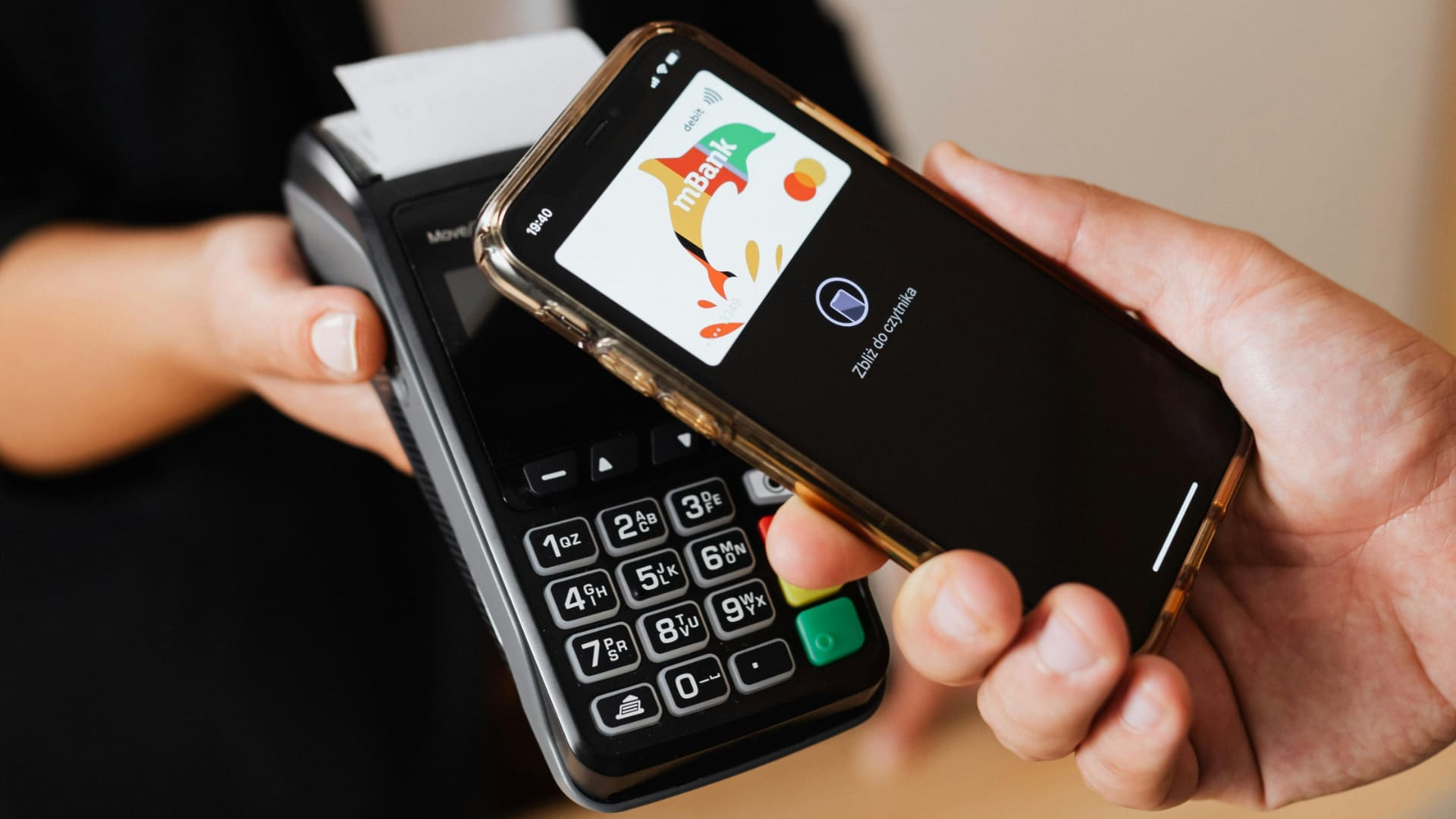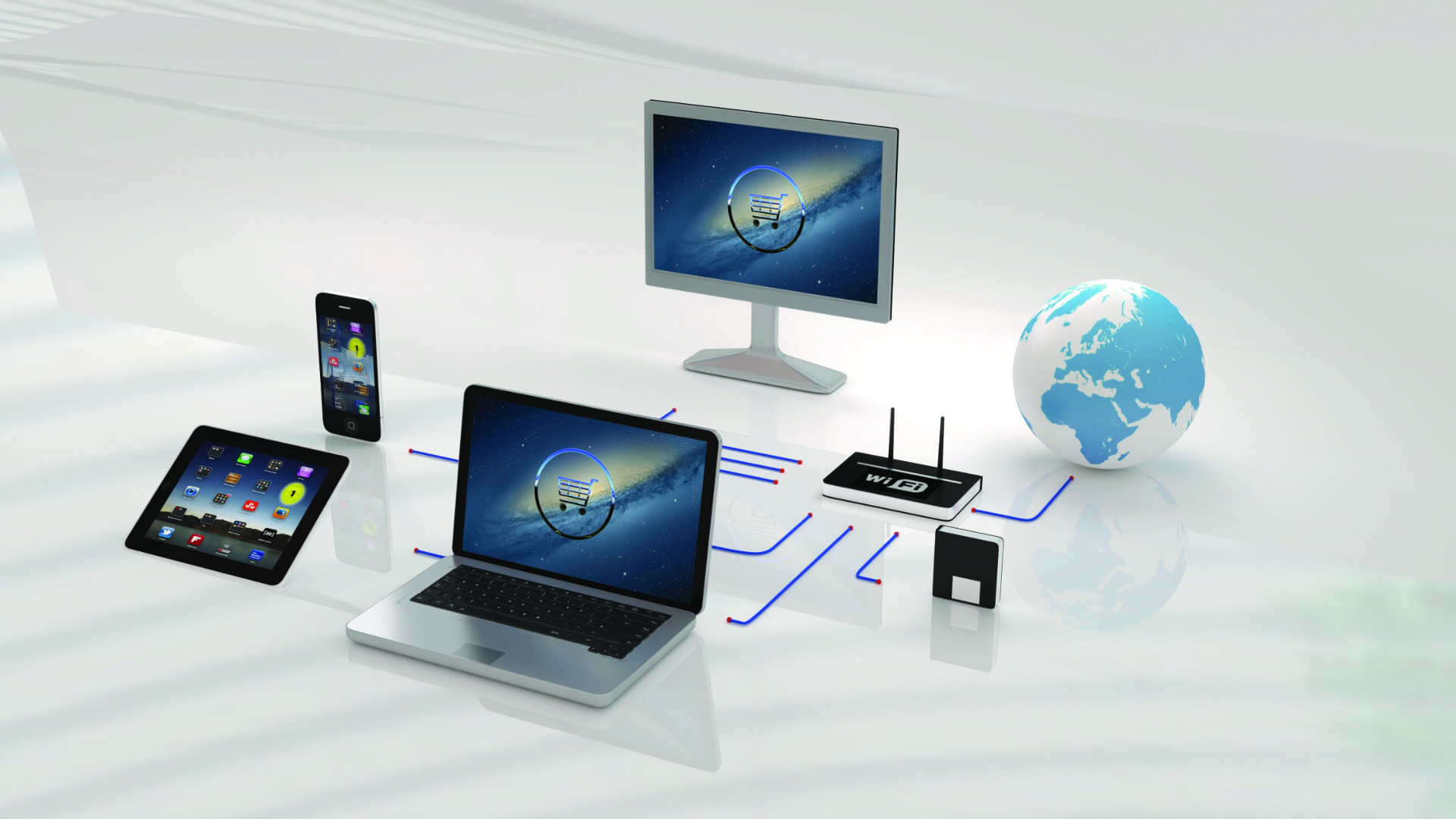Tap to pay has been adopted across multiple industries as an option for customers to purchase products and services. For many, it is a convenient method of payment that allows them to quickly finish a checkout process without the extra effort of remembering a PIN or going through the hassle of multiple button prompts. As a payment method, tap to pay has been implemented into so many different devices that almost everyone has the ability to use it. Whether it’s through their phones, smart watches, or otherwise, tap to pay is the defacto method in which many have chosen to use. But what are the possible security risks associated with tap to pay?

Tap to pay is one of the most convenient methods of payment, but is it secure?
Personal Information Theft:
One of the potential drawbacks of tap to pay is the concern that your personal information can be leaked or stolen. With popular new technology on the rise there are always methods that look to exploit them. The potential risk of having your information stolen due to suspicious wi-fi or Bluetooth connections is very much real. While there is no guarantee that your information is 100% safe, as long as you are using your devices to pay with security risks in mind, you can avoid such concerns.
In fact, there are multiple methods set in place that help keep your payments secure, all of which are standard implementation by the PCI SSC (Payment Card Industry Security Standards Council).
- Maintaining global payment standards
- Validating and listing products/services that meet PCI SSC standards and requirements.
- Extensive training and qualifying security professionals and organizations
- Using best practices and payment security resources.
For example, the PCI SSC has mandated that any vendor that accepts cardholder PINs or contactless payment must always adhere to industry compliance.
Can Theft Still Occur?
While there may be some risks still involved with tap to pay, it has proven to be a much safer payment method by several magnitudes. Not only is there a governing body like the PCI SSC that enforces compliance, there is almost no risk of physical theft involved at all. Since tap to pay users tend to have their information stored on their smart devices, you get an added layer of security based on their OS providers as well as not having to pull out a physical card at all. Most card and personal information theft occurs when a physical card is stolen, cloned, or counterfeited. Tap to pay also mitigates theft by using a one-time code for each purchase that communicates with the payment terminal to ensure customer data is transmitted safely.
How Does This Affect Business?
Most businesses use a company credit card to pay for goods and services. These can be passed around multiple employees, creating a potential security risk. It could prove beneficial to have employees use tap to pay and have their devices set up with company card information to prevent physical theft and ensure maximum security. You may also want to consider holding training sessions and provide tips on safe payment practices to keep your employees safe from information theft. It would be cost effective to provide these methods so that your bottom line is not affected by counterfeiting or theft.
Conclusion:
While tap to pay is not 100% safe, it is much safer, more convenient, and more beneficial to use. As more and more customers use tap to pay, it should be a method that your business may want to implement if you haven’t already done so. After all, customers will be more likely to shop with you again if you can provide a convenient and safe payment environment.



